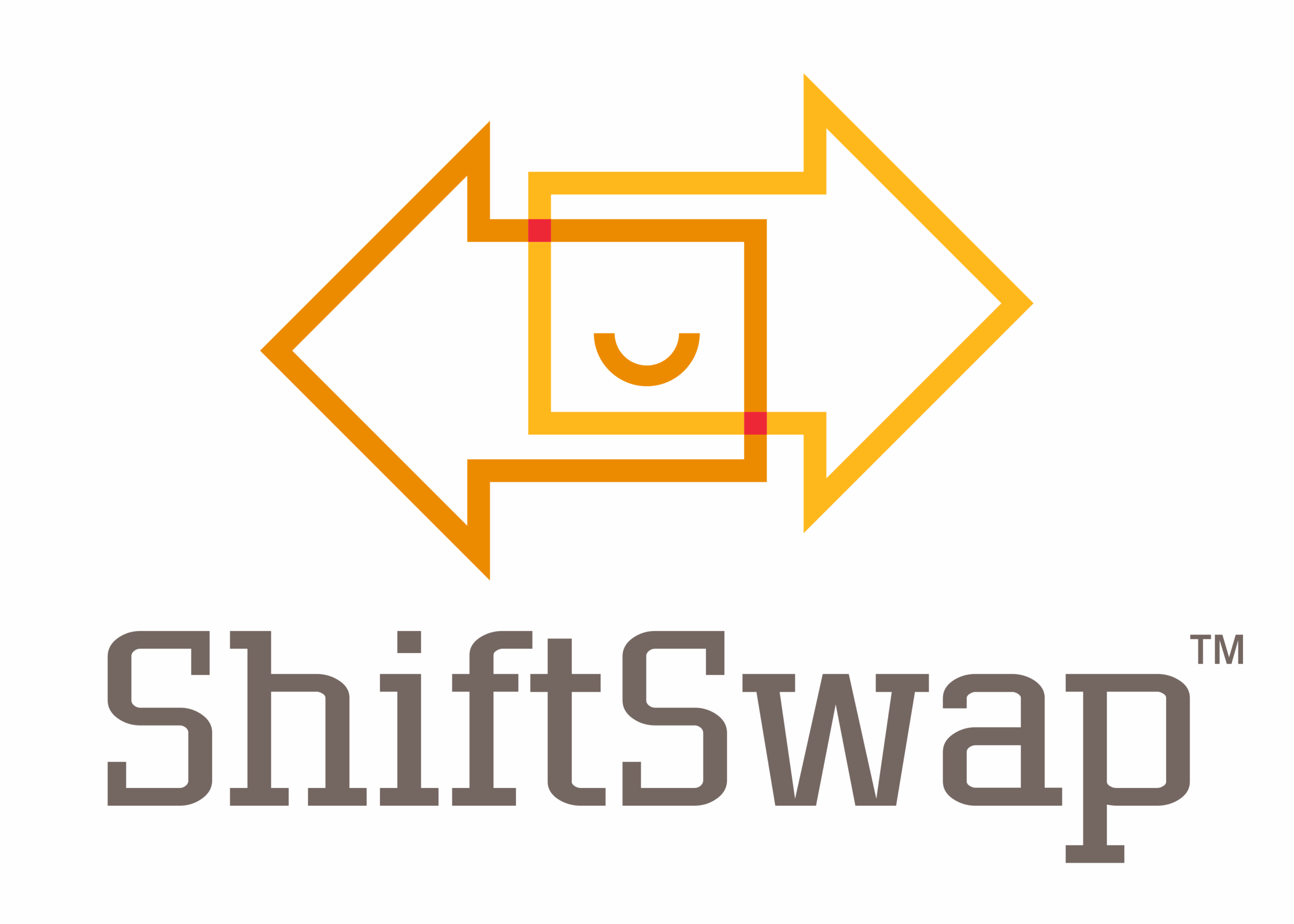How Flexibility and Security Define Job Quality
Each year, Employbridge publishes The Voice of the American Workforce, which is the largest survey of hourly employees. The 2025 report clarifies what the workforce wants: stability, fair pay, and flexibility. The information is crucial for leaders looking to improve retention, engagement, and job quality.
While the labor market is stable, findings show workers want more than a paycheck. They’re seeking control over their schedules, opportunities for growth, and benefits that support both their work and personal lives. As costs rise and the labor landscape shifts, workforce flexibility is a strategic advantage.
Labor Market Stability and Workforce Shifts
The U.S. labor market has cooled slightly since its post-pandemic surge but remains steady. The unemployment rate hovers around 4.2%, with job growth continuing, particularly in transportation and warehousing. These sectors have seen the most expansion, while manufacturing has remained stagnant.
However, a notable trend is emerging: participation among prime-age workers is starting to decline. After surpassing pre-pandemic levels, it’s slowly dipping, partly due to decreased immigration. If this continues, employers may face another tightening labor market, increasing competition for qualified hourly workers.
On the bright side, quit rates have stabilized to pre-pandemic levels, meaning fewer employees are leaving their jobs. Still, many are staying out of necessity, not satisfaction. Employers who address engagement, flexibility, and development now can strengthen retention before the next wave of workforce volatility hits.
What Workers Really Want: Stability and Growth
The Employbridge study found that temporary jobs are rarely preferred. Only 7% of workers said they actively prefer temporary roles, while a significant 63% said they’d consider only if no permanent jobs were available. The message is clear: hourly workers want security.
So why do they take temporary positions?
- 39% take them to gain experience.
- 38% view them as a stepping stone to permanent work.
- 36% want to acquire new skills.
- 30% accept the job if the pay is higher.
These figures indicate that even short-term workers are career-oriented. They view temporary work as a bridge to advancement rather than a destination. Employers that provide upskilling and development can turn these short-term workers into long-term team employees.
By offering training and mentoring, leaders build employee engagement and loyalty. In fact, 94% of workers expressed a willingness to learn new skills, and 50% said they’d do so without pay. For many, gaining new skills translates to job security. They’re eager for the change to earn more, achieve stability, and prepare for future roles within the same organization.
Flexibility: A Requirement for Quality Jobs
According to the Employbridge report, flexibility is a workforce expectation. Employees across sectors, from logistics to healthcare, have identified flexible scheduling as a top priority.
When asked what type of flexibility they value most, employees responded:
- 40% want the ability to adjust their start or end times to accommodate personal needs.
- 25% prefer to work across different shifts each week.
- 19% like the idea of partial-day schedules.
- 17% want the option to work only a few days per week.
The feedback stresses that flexibility doesn’t necessarily mean erratic scheduling. Workers simply want more autonomy. A rigid attendance policy could deter skilled talent who prioritize work-life balance. Offering workforce flexibility through shift management tools, like ShiftSwap, employees can easily post or grab shifts without disrupting operations.
Flexible scheduling benefits both sides. Employees get more control over their schedules, while businesses reduce absenteeism, increase retention, and meet demand more efficiently. It’s the foundation of hourly workforce retention in the current labor market.
Temporary and Hourly Work
Many individuals hesitate to accept temporary or hourly roles because of the perceived lack of stability and benefits. The study found that:
- 45% of workers cited “less stability” as their main concern.
- 42% pointed to “less job security.”
- 39% mentioned “lower pay.”
- 33% were discouraged by “fewer benefits.”
To attract and retain talent, employers must address these concerns directly. Beyond competitive wages, workers seek consistent schedules, predictable pay, and fair treatment. Companies that build transparency into their scheduling processes can differentiate themselves in crowded labor markets.
Benefits are also a big deal. Paid time off (PTO) was the most desired benefit among 45% of respondents, followed closely by paid holidays and employer-matched 401(k) plans. Workers also emphasized the importance of being understood, especially when family or personal obligations arise. Those small moments of empathy can have a major impact on loyalty.
How Employers Can Respond Going into 2026
The Employbridge report lays out five recommendations for businesses that want to remain competitive and retain talent:
- Be a bridge to permanent roles. Provide clear advancement paths, along with training and upskilling opportunities. Workers see these as vital for job security and satisfaction.
- Increase stability and security. Offer consistent hours, transparent scheduling, and affordable benefits that make workers feel supported.
- Focus on pay rate and frequency. Weekly pay remains highly preferred. Fast, consistent pay cycles help improve trust and attract more applicants.
- Create a worker-first culture. Cultivate environments that prioritize communication and respect. Develop policies to support workforce flexibility and accommodate life’s ups and downs.
- Engage the alternative workforce. Incorporate part-time, gig, and flexible workers into your labor model to expand capacity without long-term overhead.
By following these steps, businesses can redefine what it means to offer quality jobs in America.
Why Workforce Flexibility Drives Retention
When it comes to the hourly workforce, retention doesn’t just count on pay. It depends on feeling valued, supported, and in control of one’s work life. When employees have a say in their schedules and access to development opportunities, employee engagement rises and turnover drops.
The flexible scheduling tool ShiftSwap makes this possible. Employees can grab up extra shifts and post for coverage instantly, and operations become both more efficient and more humane. Workers feel trusted, which strengthens morale and loyalty.
As 2026 approaches, the conversation around work quality is shifting. The future of labor isn’t just about creating more jobs; it’s about creating better jobs. Companies that prioritize flexibility, training, and security will not only attract top talent but also retain them long-term, even in a tightening labor market.
Creating Quality Jobs in America
The findings from Employbridge’s report highlight an undeniable truth: workforce flexibility and engagement are the new foundations of job quality. Hourly workers want stability, fair pay, and opportunities to grow, not temporary fixes.
By embracing these findings and investing in workforce management technology like ShiftSwap, employers can create operations that balance efficiency with humanity. When employees feel valued and supported, they stay, and that’s how companies build lasting success in 2025 and beyond.
Start Planning for Success
Schedule a demo with ShiftSwap™ today and learn how to streamline your workforce management.

